princess+dude
Well-Known Member
i have a 17.2hh dun gelding. would add a pic but not sure how 
He's a stocky MW too. Know nothing of his breeding but i had him from a 4 year old (he's 8 now) and he was imported from Romania. He's also got an 'oil slick' type marking down one shoulder which makes him even more unusual! As a size comparison my stepdad standing next to him is 6'3! He's the nicest natured horse although a bit simple at times!


These show his shoulder marking

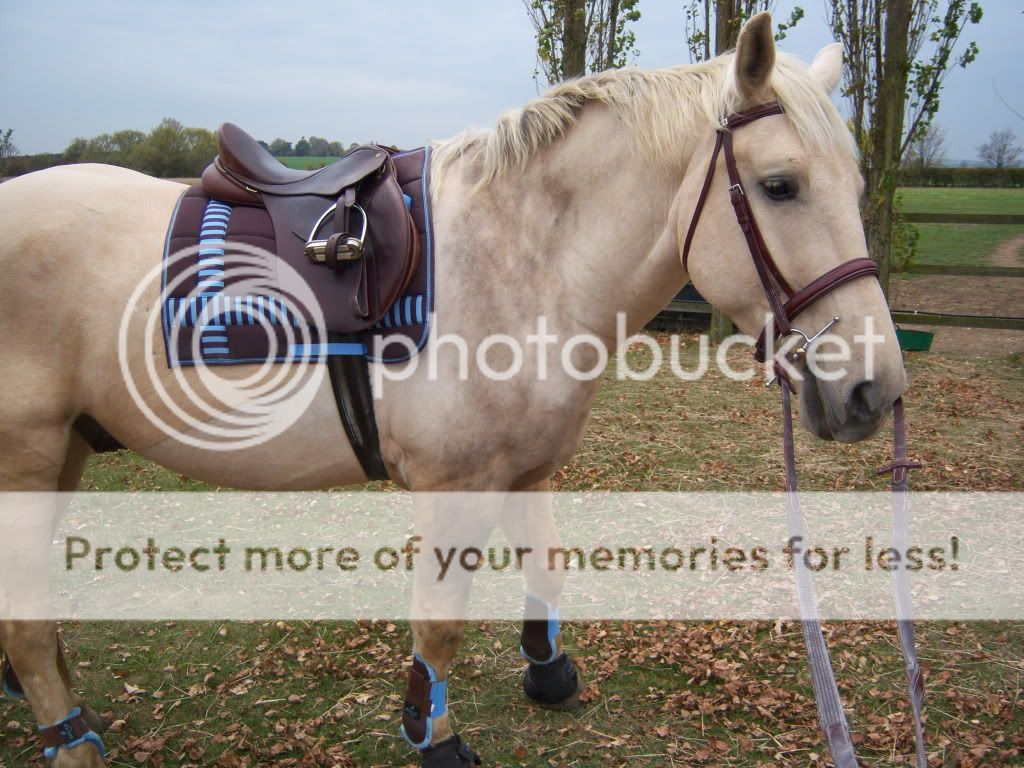
Not many big roans about, especially bay and strawberry. !
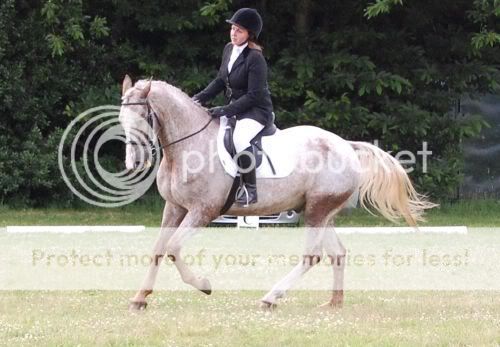
starsky what breeding is your boy? I don't know much about the genetics but he looks a bit like the 'varnish roan' that you can get with appys I think.
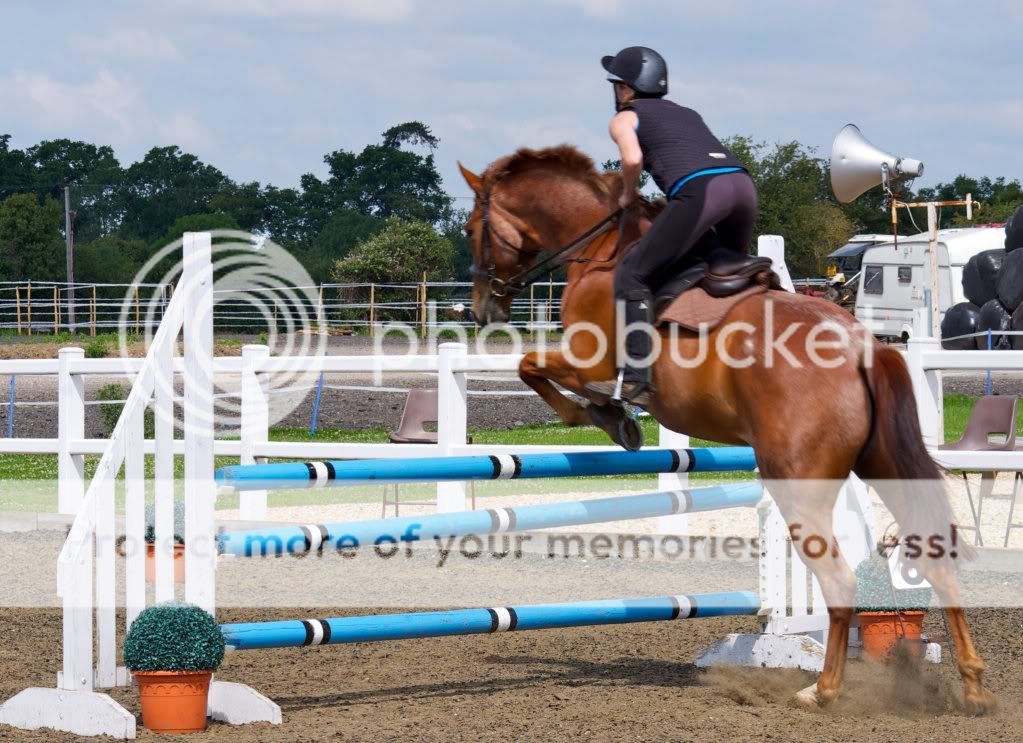
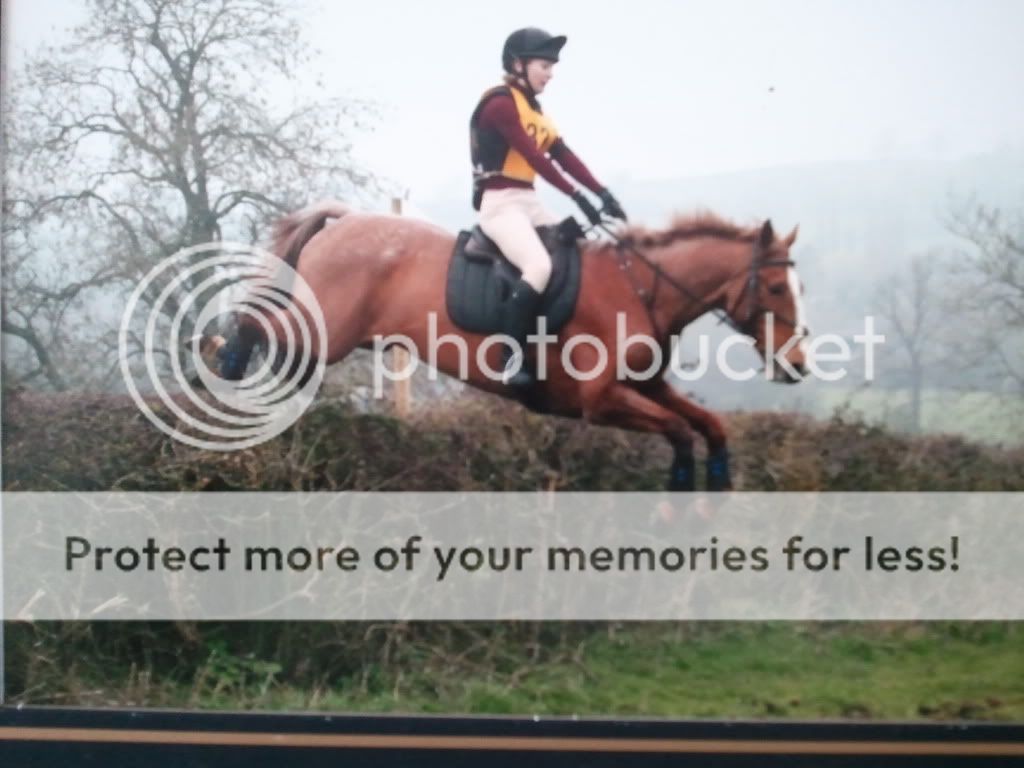





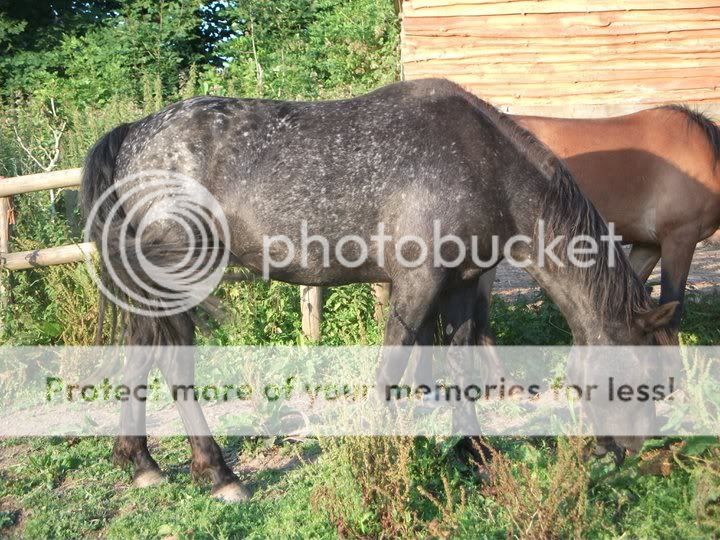
Anyone know what the bit is in the 3rd pic down?
I suppose it's because a) the unusual colours come from ponies originally and b) many are recessive, making them less likely to be passed on than a 'normal' colour. Cross two palamino's and you've only got 25% change of getting another palamino (i think)
As a total guess, I think DUN comes from connie/highland type PONIES. If you cross a pony with a horse (to get a bigger dun) you end up with a small horse-sized dun, NOT a big horse sized dun! To get a big horse sized dun, you need to cross it again with a horse, but that knocks the chances of the dilute gene being passed on and therefore big duns can (and do happen) but it is not a common sight! Sadly.
I knew of a lovely big dun, (17hands +) he was Czechoslovakian warmblood I think. Was evented, but he got too carried away with XC... breaks failed too many times to be trusted. Think he went dressaging.
That isn't quite right. If you have (for example) a bay horse with 2 bay genes and a palomino with 2 palomino genes, and assume that the bay is dominant and the palomino recessive. The first generation is as follows.
PP + BB = PB, or PB or PB or PB = All horses will be bay, but all will carry the gene.
If you then take one of those 1st generations and cross with a palomino:
PP + PB = PP, PB, PP, PB = 50% chance of a palomino, all carry the gene.
If you take 2 horses with 1 Palomino gene:
PB + PB = PP, PB, BP, BB = 25% of a Palomino and 75% chance of one palomino gene.
If you take 2 with one palomino gene between them:
PB + BB = PB, BB, BB, BB = 0% of a palomino and only 25% chance of one gene.
So to get a good chance of a palomino you need to breed a palomino mare with a stallion which carries the gene.
I expect the dominance of the different colour genes is more complex than this, but you get the idea.
I'm always on the look out for 16hh+ palomino and there don't seem to be many about.